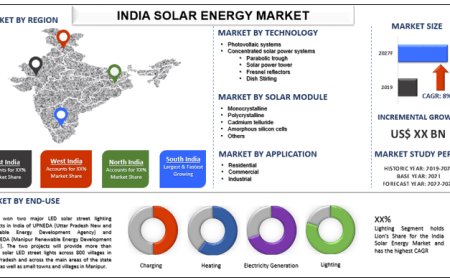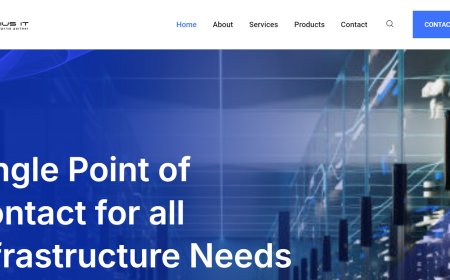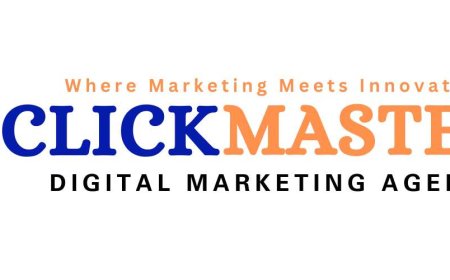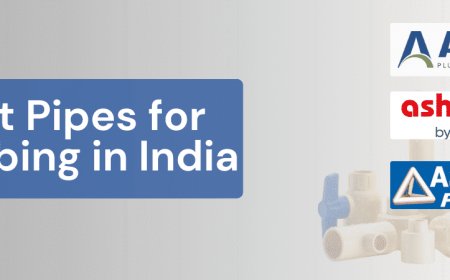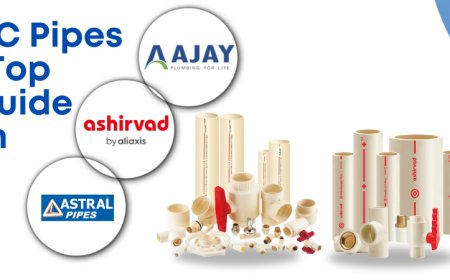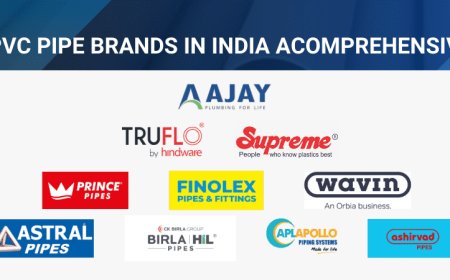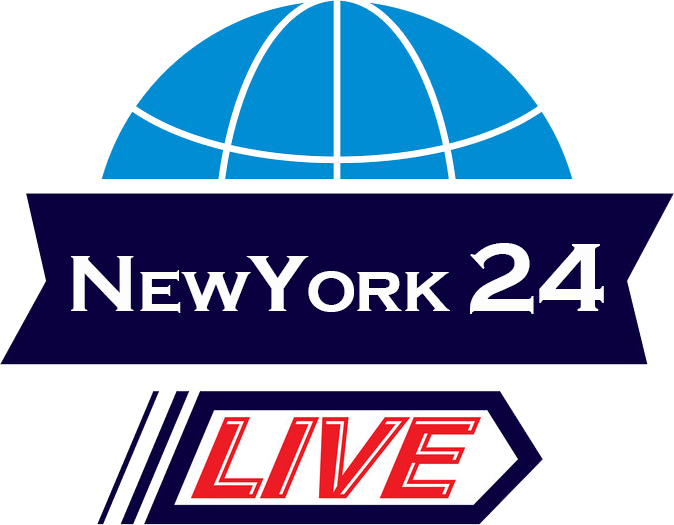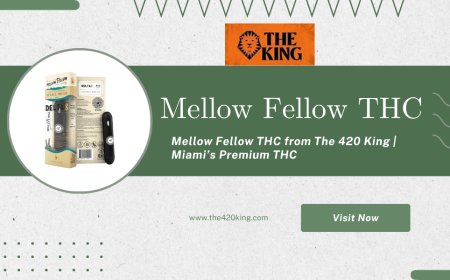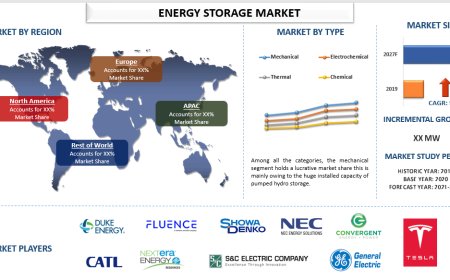Complete Guide to Google Ads Optimization
In todays digital-first marketplace, online advertising is a key lever for business growth. Among all advertising platforms, Google Ads stands out due to its reach, data-driven features, and flexibility. Yet, simply running ads isnt enoughoptimization is the real game changer. In this Complete Guide to Google Ads Optimization, well break down what it takes to fine-tune your campaigns, improve performance, and maximize your advertising ROI.
Whether youre a marketer, business owner, or a student pursuing an Advanced Digital Marketing Course, this guide will arm you with actionable strategies based on current trends and expert insights.
What Is Google Ads Optimization?
Google Ads Optimization is the continuous process of improving your Google Ads campaigns to drive better performance. It involves refining keyword targeting, ad copy, bidding strategies, audience segmentation, and landing pages to meet your specific goalswhether thats more traffic, leads, or sales.
Optimization isnt a one-time task. Its a cycle of testing, measuring, and refining. Google provides a robust platform with real-time data that enables you to adjust campaigns based on performance metrics like Click-Through Rate (CTR), Quality Score, Conversion Rate, and Cost Per Click (CPC).
Why Google Ads Optimization Matters
Optimizing your campaigns helps you make the most of every dollar spent. Without it, you risk wasting budget on non-performing keywords or irrelevant audiences. Effective optimization leads to:
-
Higher Quality Scores (which lower your CPC)
-
Better ad placements (top of search results)
-
Increased conversion rates
-
More targeted reach
-
Lower cost per acquisition (CPA)
As competition grows fiercer, the need for smart and agile advertising tactics becomes non-negotiable.
Step-by-Step Process to Optimize Google Ads
1. Define Clear Campaign Objectives
Before diving into technical tweaks, establish clear campaign goals. Are you aiming for brand awareness, website traffic, or lead generation? Your objective will guide decisions on ad formats, bidding strategies, and keyword choices.
2. Keyword Research and Match Types
Use tools like Google Keyword Planner, Ahrefs, or SEMrush to find relevant keywords with high intent and reasonable competition. Dont just rely on broad match typesalso leverage phrase match and exact match to control targeting.
Tip: Regularly review your Search Terms Report to find negative keywords and reduce wasted spend.
3. Improve Quality Score
Google assigns a Quality Score between 1 and 10 based on three elements:
-
Expected CTR
-
Ad relevance
-
Landing page experience
Improving these factors not only increases your ad position but also lowers CPC. For instance, matching ad copy with user intent and creating a seamless landing page experience can significantly boost performance.
4. A/B Test Ad Copy
Test multiple versions of your headlines and descriptions. Elements to test include:
-
Value propositions
-
Call-to-actions
-
Keyword usage
-
Emotional vs. logical language
Even small changes can lead to substantial improvements in CTR.
5. Optimize Landing Pages
Your ads might be great, but if the landing page doesnt convert, youll still lose money. Ensure:
-
Fast loading times (under 3 seconds)
-
Mobile responsiveness
-
Clear CTAs
-
Relevant, engaging content that matches the ad
Use tools like Google PageSpeed Insights and Hotjar for optimization ideas.
6. Leverage Audience Targeting
Go beyond keywords and focus on audience intent. Google Ads allows targeting based on:
-
In-market audiences
-
Affinity audiences
-
Custom intent audiences
-
Retargeting via remarketing lists
Layering audience insights with keyword targeting ensures better personalization and relevance.
7. Use Smart Bidding Strategies
Smart bidding uses machine learning to optimize for conversions or conversion value. Depending on your goal, choose strategies like:
-
Maximize conversions
-
Target CPA
-
Target ROAS
Tip: Give smart bidding some time to learn and avoid making daily manual changes.
8. Monitor & Adjust Device and Location Settings
Review your campaigns performance by device type and location. For example, if mobile users convert more, increase bids for mobile. Likewise, adjust geographic targeting based on high-performing areas.
9. Schedule Ads Strategically
Not all hours or days are equally profitable. Use ad scheduling to show your ads when your audience is most likely to convert. Google Ads reports can help you pinpoint peak hours.
10. Track Conversions Accurately
Without proper conversion tracking, optimization becomes guesswork. Set up Google Tag Manager and Google Analytics to track:
-
Form submissions
-
Purchases
-
Calls from ads
-
Engagements (like video views or button clicks)
Common Mistakes in Google Ads Optimization
Even seasoned marketers fall into traps that derail optimization. Avoid:
-
Ignoring negative keywords
-
Running too many broad match campaigns
-
Overcomplicating ad groups
-
Not testing enough ad variations
-
Relying solely on automated recommendations
Googles AI is powerful, but human insight is still crucial.
Tools to Enhance Your Optimization Workflow
Here are some useful tools to streamline your Google Ads Optimization process:
-
Google Ads Editor: Bulk edits and offline work
-
Optmyzr: Advanced automation and reporting
-
SEMrush / Ahrefs: Competitor analysis and keyword research
-
Unbounce: A/B testing for landing pages
-
Google Analytics 4: Deep audience and behavior insights
When to Consider Hiring an Expert
If your campaigns are spending heavily with poor ROI, or you lack the time to manage ongoing tests, hiring a Google Ads specialist or enrolling in an Advanced Digital Marketing Course may be the right step. Learning from professionals can fast-track your understanding of campaign management, bid strategies, and advanced automation tools.
Conclusion
Google Ads Optimization is a dynamic, data-driven process that demands consistent attention. From keyword selection to ad design, from bidding strategies to landing page performanceevery aspect can influence the success of your campaigns. By applying the techniques in this guide, you can dramatically improve your ad performance and lower your costs.
Whether you're new to the platform or a digital marketing veteran, mastering optimization is your gateway to better ROI and sustained growth. Begin testing, analyzing, and refining todayyour next successful campaign is just a few clicks away.















